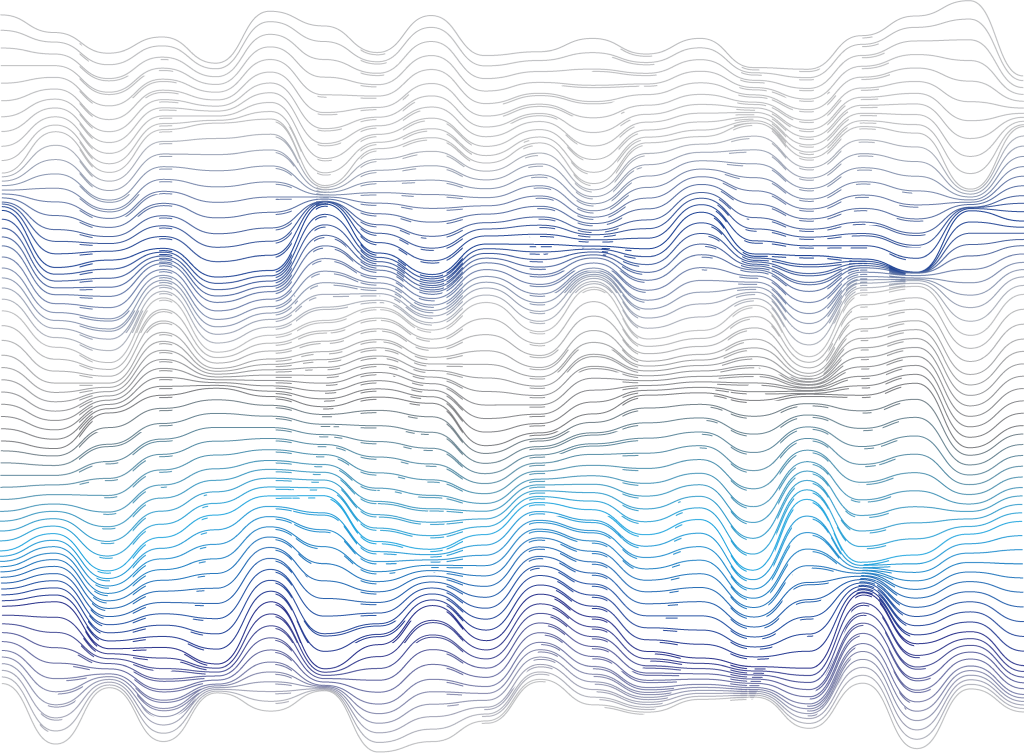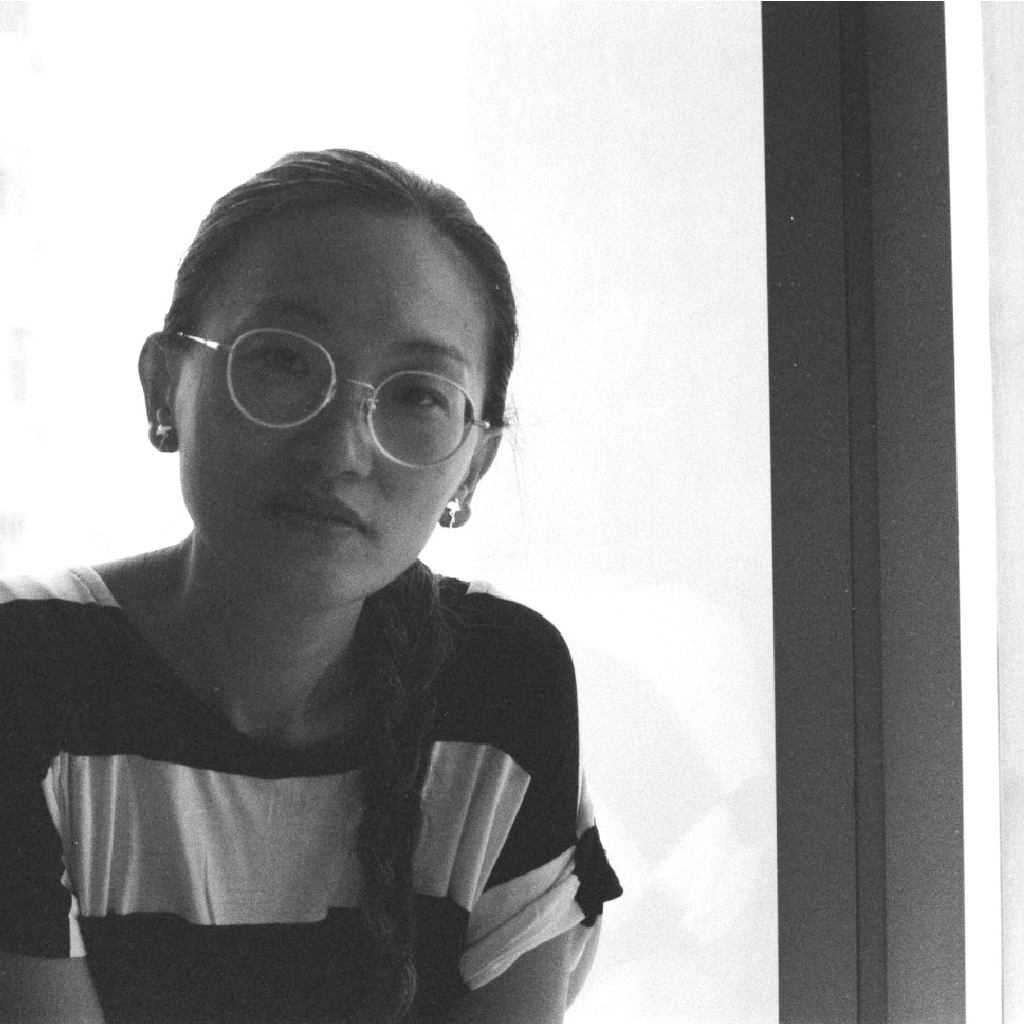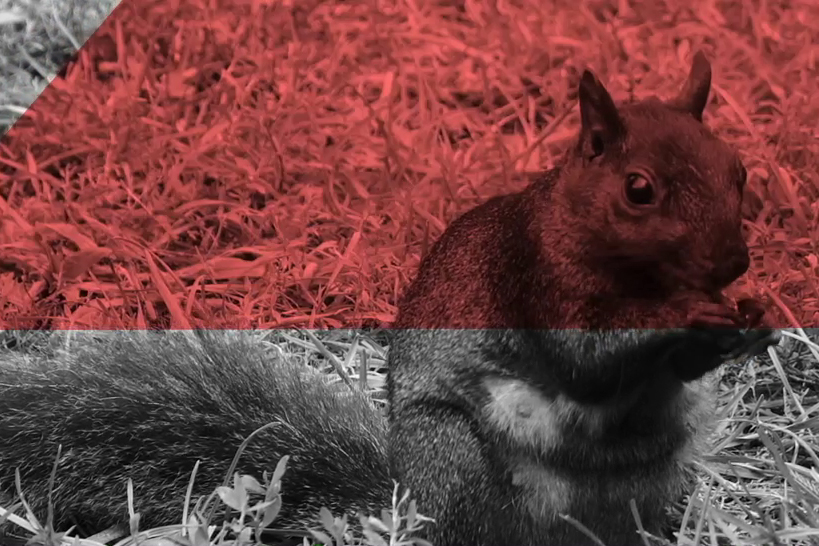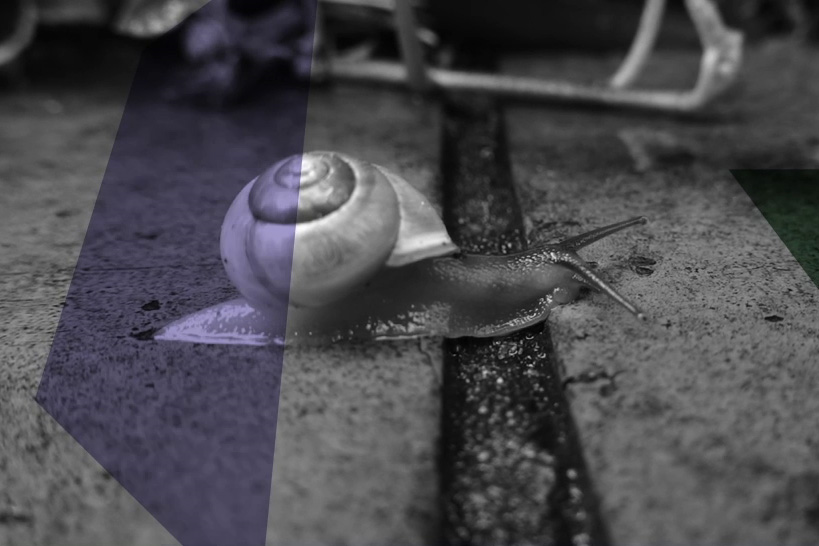

藝術家
Artists
馬琼珠
Ivy Ma

從事繪畫、攝影及裝置藝術,於2001年獲香港藝術學院 / 澳洲皇家墨爾本理工大學藝術文學士學位及2002年獲英國列茲大學視覺藝術碩士學位,主修女性主義理論與實踐。曾在香港舉辦多個個展,並於2007年和2012年分別獲得亞洲文化協會利希慎基金獎助金及香港當代藝術獎青年藝術家獎。其系列作品《數字靜上》(2012)於2013年為香港藝術館收藏及系列作品《去年》(2015)於2020 年為三藩市現代藝術博物館收藏。
A Hong Kong artist working in drawings, paintings, photography and mixed-media installation. She received her Bachelor of Fine Arts from the Royal Melbourne Institute of Technology (RMIT) / Hong Kong Arts School in 2001 and Master’s degree of Feminist Theory and Practice in Visual Art from the University of Leeds in 2002. She has held several solo exhibitions in Hong Kong and was awarded the Asian Cultural Council – Lee Hysan Foundation Fellowship in 2007, as well as the Young Artist Award at the Hong Kong Contemporary Art Awards in 2012. Her series of works Numbers Standing Still (2012) was acquired by Hong Kong Museum of Art in 2013 while her another series of works Last Year (2015) was acquired by San Francisco Museum of Modern Art in 2020.
藝術作品
Artwork
《動植物的演説》
The Speech of Animals and Plants
我對維多利亞港的記憶,是2015至 2020年間住在坪洲,差不多每天坐船往返中環的海上體驗。在那些繁忙的日子,出城大多就是上班或開各類的會議。因為太疲累,在船上的時間,我總在睡覺或發呆。有時候腦袋會浮現日本攝影師杉本博司(Hiroshi Sugimoto) 的作品《海景》(Seascapes) ,他到世界不同的海洋,拍下完美的一半天與一半海。他提到每次看到海洋,就會獲得寧靜和安全感,也像看到歷史上的遠古祖先,因為有水、空氣和光,以至人的生活,就在此地此時發生。在千多個小時的船程中,我沿着這個作品的想像,完成了許多營役生活中的哲思之旅。
2021年,我離開了坪洲,也離開了香港。一直在旅居路上,日常的作息跟以往大大不同。遊歷在十多個城市間,我特別喜歡一些臨海,或有河有湖的城市。這次的創作是我在離港之後,這兩年來所拍攝的有關生物及其生長環境的錄像。那些動植物的細緻形態和質感,彷彿可以把我帶回一種對於原始生活的想像——我們都是傍水而生的兒女、陽光下的後裔,我們對生存的意慾,可能都是如此非意識的自然而生,如此景觀。
我以這沒有固定的家和工作的日子,換取在世界不同城市間的移動經歷。或許只是出於無聊,我很喜歡花時間去看一些生物、植物,並拍攝了許多錄像速寫。我十分期待,例如把在英國伯明瀚的蝸牛、墨西哥沙灣上的鳥兒們、希臘雅典的黑白貓、日本京都的水黽等,帶到香港維港旁巨大的屏幕上。
作品名稱《動植物的演説》來自波蘭詩人辛波絲卡(Wisława Szymborska)的一首詩《I’m Working on the World》。通過這些錄像,那些遠方的動植物,無關痛癢的小片刻,記載了牠們獨有的詞彙,組成一篇未必振振有詞,但思緒連綿的演説。
My memories of Victoria Harbour were the vista of the sea when I commuted almost every day between Central and my Peng Chau residence from 2015 to 2020. My life was hectic those days, occupied by various work meetings and seminars. Out of exhaustion, I always fell asleep, if not daydreaming, while onboard. At times, scenes from Seascapes by Japanese photographer Hiroshi Sugimoto would come to mind. I pictured his silhouette appearing in different shades of oceans, capturing the perfect halves between the sky and the water. Sugimoto once said, when the ocean pours into his eyes, tranquillity and a sense of safety would fill him. It charts how our ancestors once lived – when water, oxygen and light came together, civilisation birthed. As days went, between the more-than-a-thousand hours of the boat journey, I ruminated on Sugimoto’s work and indulged in countless philosophical meditations, reflecting upon the hustles and bustles of my life.
I left Peng Chau and my hometown Hong Kong in 2021. Sojourning in more than ten cities, I adopted a very different lifestyle. One thing that remained the same was I always preferred coastal cities or cities that have rivers or lakes. This project manifests footage on flora and fauna and their environs I took over the past two years abroad. Probing into the intricate shapes and exquisite textures of these life forms, I could perhaps conjure a picture of our primitive lives – we were born from and nourished by the waters, descendants of our mother earth who breathe under the sun. Our will of life may possibly be such intrinsic and natural as it was, of such a spectacle.
I traded off a life of fixed occupation and accommodation for travelling experiences between different cities around the world. Perhaps out of boredom, I love spending time observing various creatures, plants and taking video snapshots. I am really looking forward to bringing, for example, snails from Birmingham in the UK, seabirds from the beaches of Mexico, tuxedo cats from Athens in Greece, and water-striders from Kyoto in Japan, all together to the massive façade next to the Victoria Harbour in Hong Kong, shedding light on every one of them.
The title of this work, The Speech of Animals and Plants, hails from the poem I’m Working on the World by Polish poet Wisława Szymborska. Animals and plants from the faraway lands would come to life in these moving images, emblematising their transient and quotidian moments on the screen, altogether weaving a perhaps not as eloquent, but introspective, contemplative and musing speech of life.

